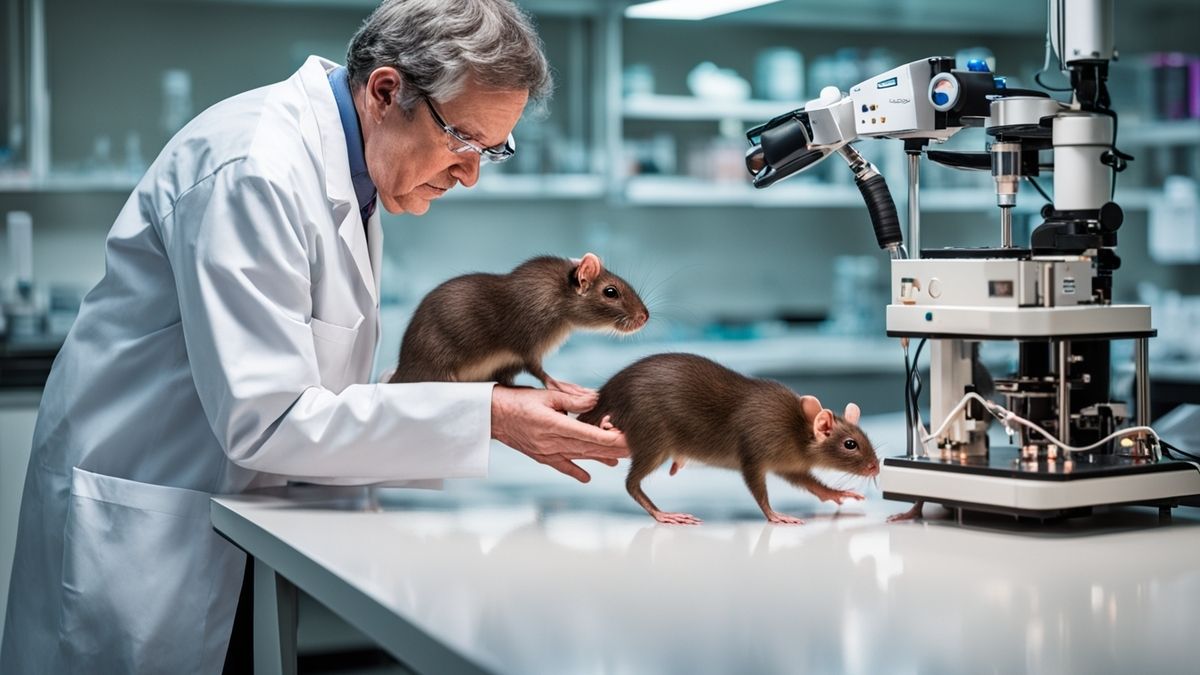A research team led by the Institut de Neurociències at the Universitat Autònoma de Barcelona (INc-UAB) has recently developed a groundbreaking animal model using the Caenorhabditis elegans worm. This model is poised to revolutionize the study of Parkinson’s disease by focusing on the initial, pre-motor symptom phases, potentially paving the way for early diagnosis and treatment options.
Introducing a New Model for Parkinson’s Research
Dr Esther Dalfó and her team have successfully validated the Caenorhabditis elegans RAC1/ced10 model, specifically designed to explore the non-motor symptoms and molecular changes occurring at the onset of Parkinson’s disease. This model contrasts with previous ones by allowing researchers to observe the disease’s progression from its very early stages, focusing on neurotransmitter GABA’s role and lipid metabolism’s impact on neurodegeneration.
Advantages of the C. elegans RAC1/ced10 Model
The choice of Caenorhabditis elegans offers several benefits for neuroscientific research, including a short lifespan and a simple nervous system, which facilitate the study of Parkinson’s disease’s intricate molecular dynamics. This model has already shed light on the crucial function of the RAC1 protein in protecting dopaminergic neurons, offering insights into the pathological accumulation of proteins and lipids in Parkinson’s disease.
Implications for Future Parkinson’s Disease Therapies
This innovative research tool not only enhances our understanding of Parkinson’s disease’s early stages but also opens new avenues for developing treatments aimed at halting or even preventing the neurodegenerative processes before they cause irreversible damage. The coordinated efforts of international researchers underscore the model’s significance in advancing Parkinson’s disease therapeutics.
The introduction of the Caenorhabditis elegans RAC1/ced10 model marks a significant milestone in Parkinson’s disease research, offering hope for early intervention strategies. By focusing on the disease’s nascent stages, scientists are closer than ever to unravelling the mysteries of Parkinson’s, potentially leading to groundbreaking treatments that could dramatically alter the course of this debilitating disease.
